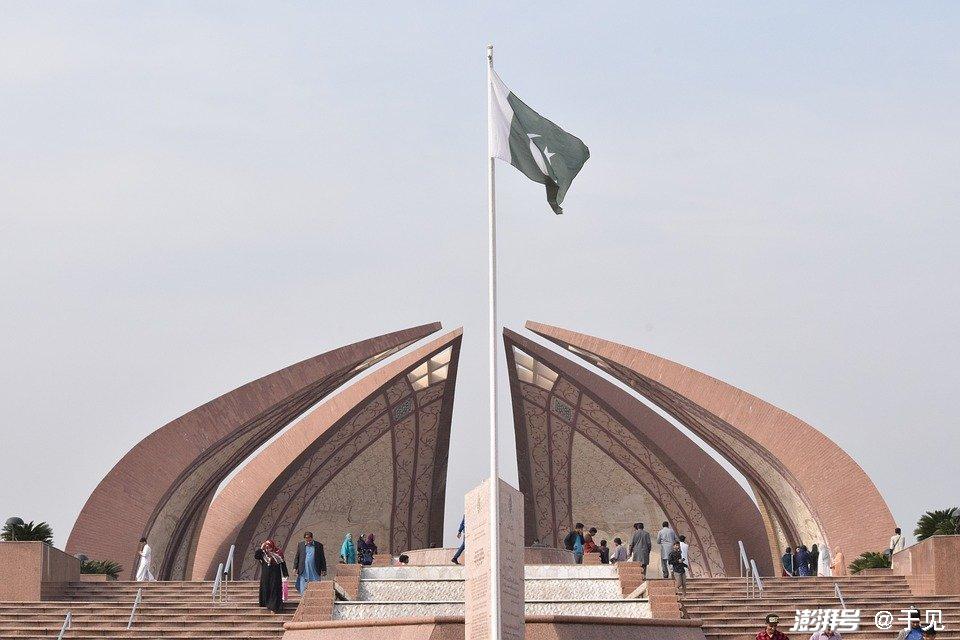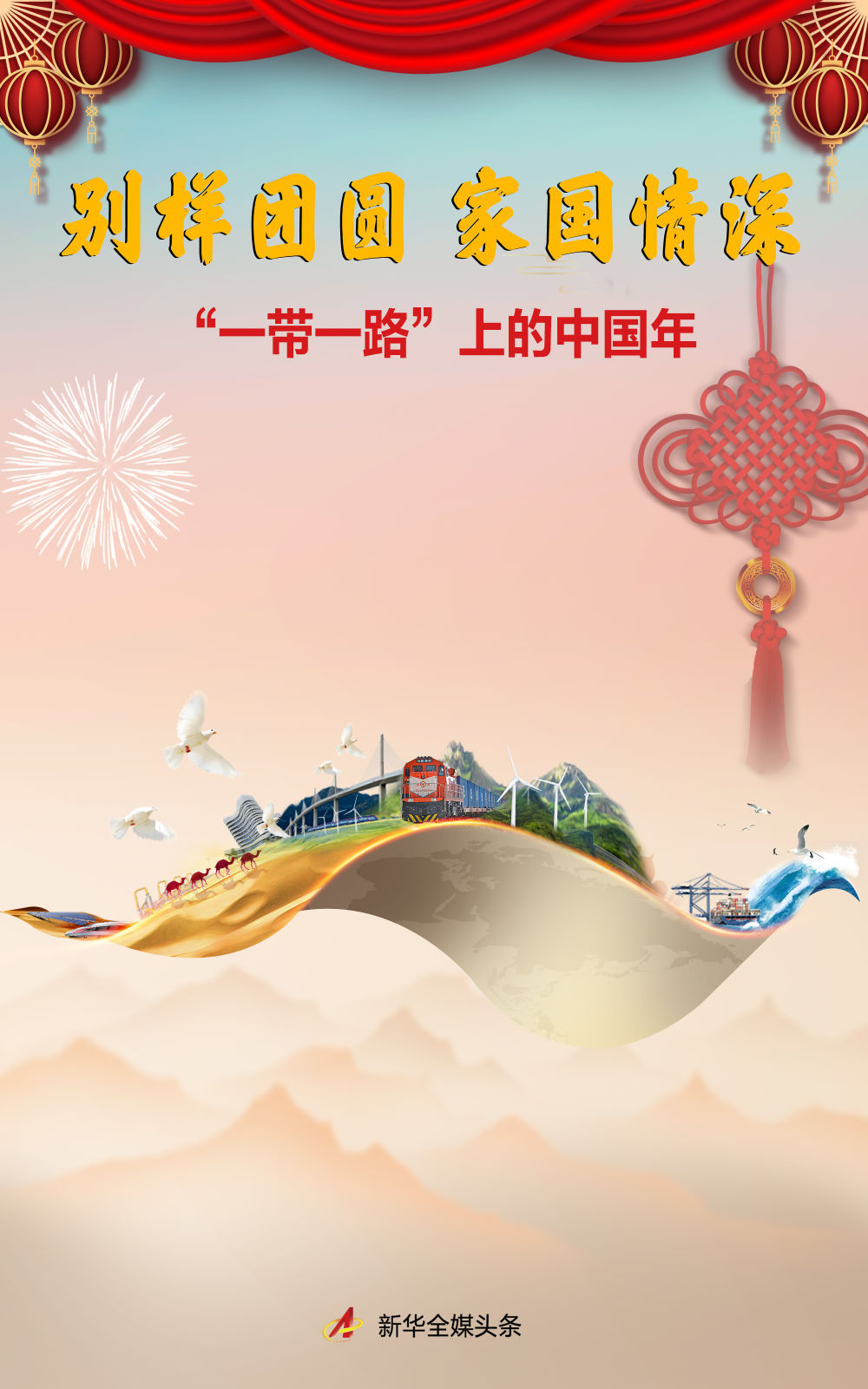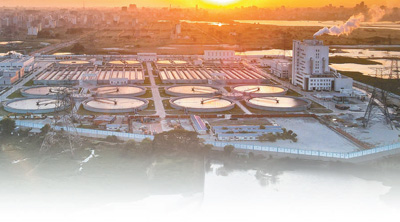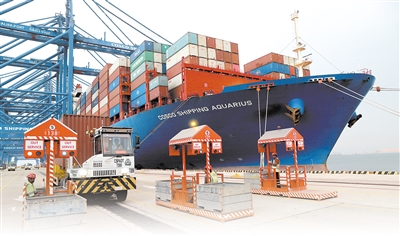How Horizontal Was The Silk In The Ming Dynasty? European Nobles Spent Money, But Were Cut Off By A Royal Decree From Qianlong.
How Horizontal Was The Silk In The Ming Dynasty? European Nobles Spent Money, But Were Cut Off By A Royal Decree From Qianlong.
Let’s talk about an interesting old story today - How glorious was Chinese silk in the world three hundred years ago? You may not believe it. At that time, European nobles regarded our silk as hard currency, and Mexican silver dollars rushed to China like a tide, and there was only one port in Manila.
Let’s talk about an interesting old story today - How glorious was Chinese silk in the world three hundred years ago? You may not believe it if you say it. At that time, European nobles used our silk as hard currency, and Mexican silver dollars rushed to China like a tide. In Manila alone, millions of taels of silver were exchanged for silk every year. But with such a good deal, why did the dishes stop in the late Qing Dynasty? The trick behind this can give our business people a lot of inspiration.

1. The Golden Age of Silk: Three Hundred Years of Global Hard Stock
When it comes to global trade from the 16th to the 18th centuries, Chinese silk is definitely a top commodity. Just like today's chips and mobile phones, they are sought after everywhere they go. At that time, the large sailboat that departed from the Port of Manila, Philippines was directly called "Chinese ship" by the Mexicans. Why? Because 80% of the ships are raw silk and satin produced in Jiangnan.
These "Ming Dynasty express ships" are amazing. Each can hold more than 300 tons of goods. If it is converted into silk, it is more than 200,000 pieces, which is enough for aristocrats in a small European country to wear for several years. In 1600, the Spanish set up a big market in Mexico, and our raw silk was robbed crazy as soon as it arrived in Hong Kong. Local officials later had to order their silkworm farmers to stop work and use Chinese raw silk as raw materials. It’s not that they don’t want to support domestic products, but that Chinese silk is white and tough, and the woven materials can withstand the sea breeze, and European local products are simply incomparable.
How scary was China's silk's share in the global market at that time? It accounts for 80%! The archives of the Dutch East India Company honestly read: "Chinese silk products are as white as snow, and no European product can match them." In order to show off their identities, European nobles used silk as currency and used silk to give gifts and checkouts, just as common as we send red envelopes during the Chinese New Year.
How popular is this business? During the Qianlong period, the silk goods exported by Guangzhou alone were worth 700,000 to 800,000 taels of silver every year, and at least 300,000 taels of silver. What did this money get? Suzhou and Hangzhou in the Jiangnan region became "silk factories". It is recorded that Suzhou has "sunrise and thousands of silks" and the sound of the loom sounds from morning to night. Yuegang in Fujian was originally a small fishing village, but because of its silk export, it became a "little Suzhou and Hangzhou", with money shops and warehouses on the street one by one.
What's even more amazing is "silver-silver convection": we transport silk out and exchange it for silver from America. In the past two hundred years from 1571 to 1821, the silver transported to the Philippines by Manila sailing ships was 400 million yuan, and more than half of it flowed into China. These silver is like living water, making the mulberry and silkworm industry and textile industry in Jiangnan lively. Farmers change to plant mulberry trees, machine shops open workshops, and shipbuilding and transportation make money.
2. Good cards are broken: the double attack between the emperor and the foreigners
No one expected that such a good deal would be poured cold water on his own. The Qing emperors were always wary of overseas trade, opening the sea and forcing the sea, just like children playing house. During the Kangxi period, four ports were finally opened, but they tightened again within a few decades. By the 22nd year of Qianlong (1757), only one place in Guangzhou was allowed to trade abroad, which was the so-called "one-door trade" policy.
What's even more serious is the restrictions on silk exports. In the 24th year of Qianlong's reign, the imperial edict was issued, strictly prohibiting the export of raw silk and silk fabrics. It was stipulated that if the silk was carried more than 100 kilograms, the board would be used to be sold for the troops, and even if it was carried a few kilograms, it would be necessary to carry a board. Although it was relaxed later and allowed each ship to carry several thousand kilograms of thick silk, the best quality "head silk lake silk" and silk were still not allowed to be exported. This is like we have top-notch good products but are not allowed to sell them, and we have to use defective products to do business with others.
We understand the emperor's mind, fearing that technology will flow out and that something happens at sea. But he didn't know that this imperial edict was equivalent to handing over the market. Just when we were binding ourselves, Europe was carrying out an industrial revolution. People used machine reeling, which was ten times more efficient than manual work; they invented chemical dyes, which were fresh and sturdy in color; they also created steamships, which greatly reduced transportation costs. As a result, the price advantage of Chinese silk gradually disappeared.
The British Consul in Shanghai complained in the report: "The cost per burden of Chinese silk is 40% higher than that of Japanese silk, and its color and toughness are not as good as others." Why? Because we are still using the method of releasing silk threads, boiling silkworm cocoons in a pot of hot water, all relying on touching the hands and eyes to see, the thickness of the silk is uneven. In the 1870s, Japan launched the "silk improvement method" and used machines to reel silk. The state also provided subsidies, which were of good quality and cheap.
It is heartbreaking to say it. In 1870, Japan's raw silk exports were only one-seventh of that of China, but by 1909, it surpassed China and became the world's number one. Italy and France also used machines to produce, and the market share of Chinese silk fell from 80% to less than 30%. Just like you don’t need fertilizers or tractors to farm, you will definitely not be able to beat others based on your old experience.
After the Opium War, the situation became even worse. Foreigners forced the Qing government to sign a treaty, and the export tax rate for raw silk was reduced from 9.43% to 3.97%, but the tax rate for silk was increased. This is obviously to let us only sell raw materials and not sell finished products. Foreign companies also monopolized the acquisition rights and deliberately lowered the price, saying that our silk was of poor quality, but in fact, after being shipped to Europe for finishing, it was sold back at a high price. In 1917, the Shanghai Silk Factory sued a foreign merchant because we didn’t have our own inspection agency. Even though it was good silk, it was called a defective product, and in the end we had to admit it.
3. Silver and Blood and Tears: The Destiny of Silk Rewrite
The ups and downs of silk trade are not only business matters, but have really affected the lives of our people. How many families in the south of the Yangtze River rely on raising silkworms to reel silk? Men go to the dock to carry goods, women weave silk in workshops, and elderly people and children can help peel silk cocoons. In the late Ming Dynasty, a textile workshop in Suzhou had dozens of looms and hundreds of workers, which was similar to the current small factories.
Silver flowed in continuously, and it was a good thing at the beginning. Farmers earn money by planting mulberry trees than growing grain, and one mu of mulberry fields can earn three mulberry fields. There are too many bank accounts in the town, so it is convenient to borrow money, so the machine owner who wants to open a workshop can get the loan. But it’s also troublesome to spend more money, and prices are slowly rising. It is recorded that during the Kangxi period, one tael of silver could buy a stone of rice, but in the Qianlong period, only seven dou could be bought. The money in your hands is not worth much, and ordinary people are more busy.
During the more than ten years of war in the Taiping Heavenly Kingdom, the silk industry in Jiangnan suffered a great disaster. Workshops in Suzhou and Hangzhou were burned, and the machine owners fled, and the skilled craftsmen died and scattered. When the war sank, I wanted to resume production but found that foreigners' machine wire had occupied the market. After Shanghai opened a port, foreign companies went directly to the countryside to harvest raw silk, which was greatly reduced. The money farmers earned for selling silk was not enough to buy seeds, and many people changed to plant grain.
The most regrettable thing is those old craftsmanship. Our brocade weaving technology is the best in the world, such as satin and cloud brocade, the patterns are so exquisite that you can see the layering. But the court did not allow the export of high-end silk, and the craftsmen could not pass on their skills if they had no orders. In contrast, Japan sent people to China to learn technology secretly and use machines to imitate it, which became a "silk power". This is like we have a secret recipe from our ancestors, but we lock it in the cabinet and don’t use it. In the end, we learned it to carry forward it.
Professor Li Bozhong said it well. Looking at this history, we cannot just focus on China, but we must put it on the global chessboard. The silk trade from the 16th to the 19th centuries was actually the highlight of the first wave of globalization. China once seized the opportunity and made money from the world through craftsmanship, but later it gradually lagged behind due to its closed-door and its technology stagnation. This tells us a truth: when doing business, you must observe all kinds of ways, and you cannot play with yourself behind closed doors; no matter how good your old skills are, you must keep up with the times and change new ways.
Today we always say that "Made in China" is about to go to the world. The silk story from three hundred years ago is a mirror. When China's silk became popular all over the world, it was due to its excellent quality and superb craftsmanship; later it was overtaken and lost because of its self-confidence and no emphasis on innovation. Whether it is making silk or making chips, the principle is the same: not only should we keep our ancestors' good abilities, but we should also open our eyes to the world and learn from others' new methods. This is the real skill we should learn from this history of rise and fall.





